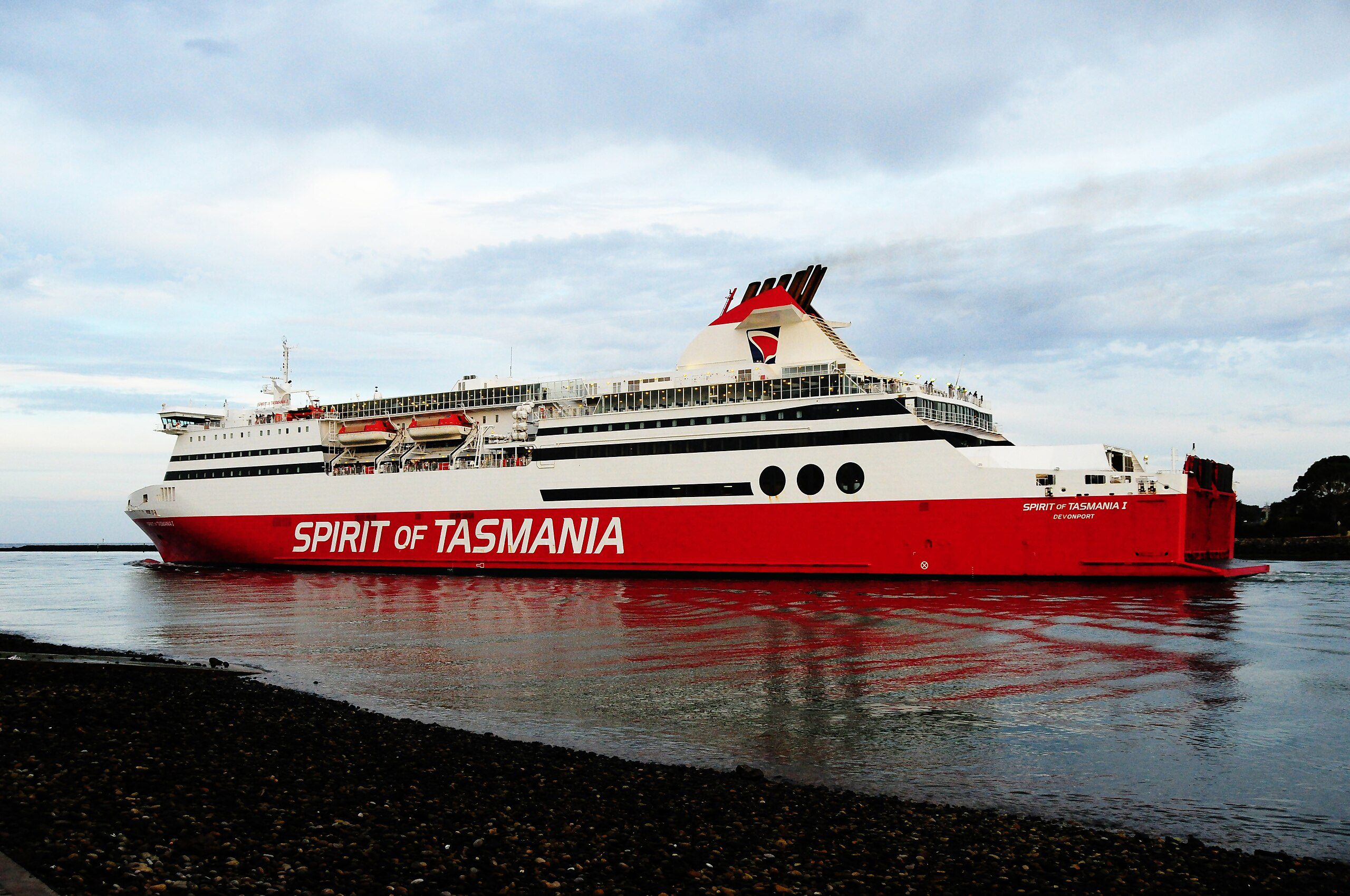Inadequate operating company guidance on underkeel clearance led to the grounding of a bulk carrier in Lake Huron in April 2023, the National Transportation Safety Board (NTSB) reported on Tuesday.
The John J Boland grounded twice while completing its final loading at Port Dolomite, Michigan, on April 21, 2023. After setting sail, the crew discovered flooding and hull damage.
The investigation revealed that crew planned to load 30,000 tons of aggregate stone based on a load plan created by the first mate using previous plans, loading software, and draft guidance. The plan required drafts not exceeding 26 feet 8 inches, but the first mate incorrectly assumed the draft guidance included a safety factor for underkeel clearance, believing that the draft guidance had a “built-in safety factor” that was “usually” 18 inches, meaning there would be “at least 18 inches” underkeel when finished loading.
The NTSB concluded that the operating company’s inadequate guidance for creating a load plan with sufficient underkeel clearance was the probable cause. The report stressed the importance of vessel crews understanding the characteristics of their operating facilities.
“To safely carry out cargo loading operations, it is important for vessel crews to understand the characteristics of the facilities where they will be operating, including the depth of water at the dock and potential hazards, such as nearby shoaling, that could impact the loading process,” the report said.
The NTSB emphasized that effective company policies should clearly identify underkeel clearance requirements to assist in developing safe load plans. Crewmembers should also consult nautical charts, surveys, tidal information, ship-specific stability and loading information, and dock/facility data when developing load plans.
The investigation also found that the master’s decision to use the main engine to free the vessel after it grounded a second time contributed to the hull damage. Initially, the crew used mooring lines to free the vessel after the first grounding and continued loading, which likely worsened the situation. When the vessel grounded a second time, the master used the main engine to back the vessel off the dock, causing further scraping along the bottom.
You can find the NTSB report here.

 Join The Club
Join The Club










